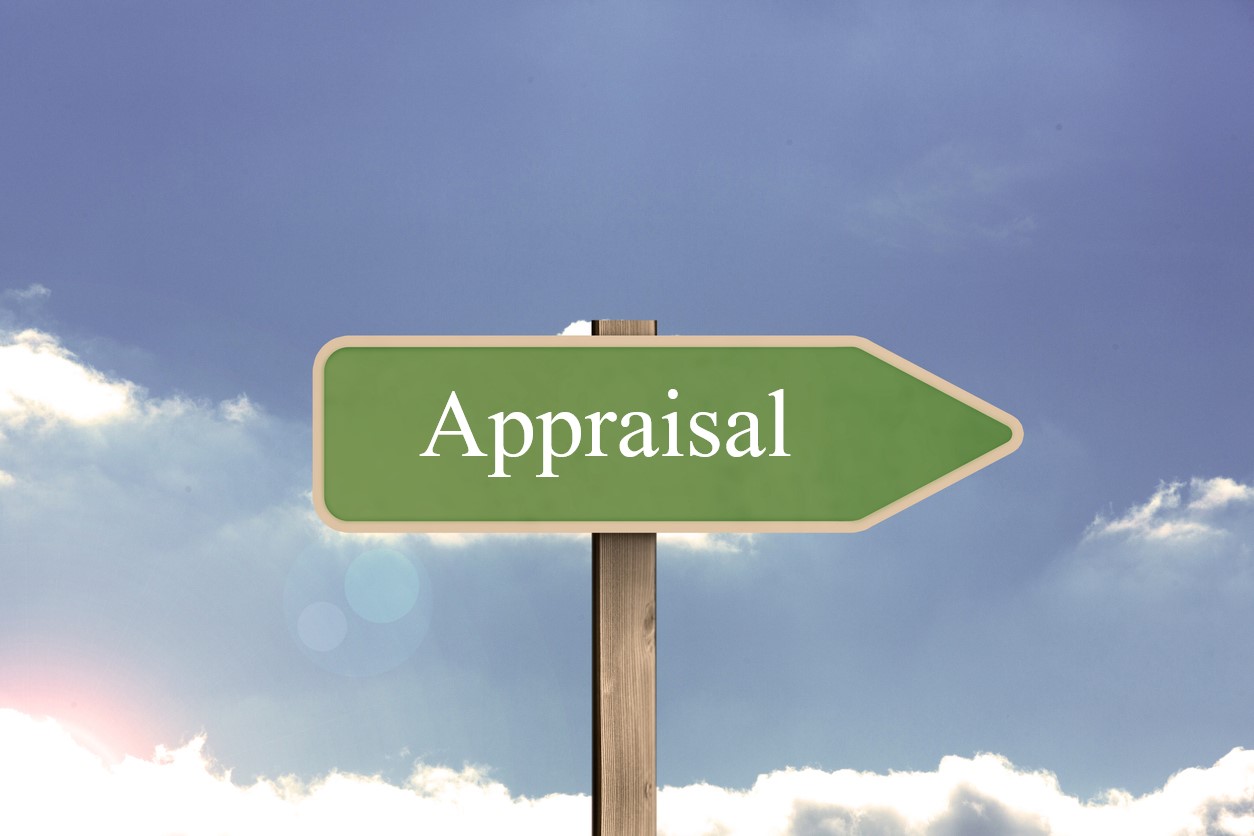New Jersey has joined a growing number of jurisdictions in ruling that damages from a subcontractor’s faulty workmanship may trigger coverage under a Developer/General Contractor’s Commercial General Liability (“CGL”) policy. On August 4, 2016, the New Jersey Supreme Court rendered a unanimous decision affirming the Appellate Division’s holding that consequential damages stemming from a subcontractor’s faulty work constitute “property damage” caused by an “occurrence” as defined by the policy.1
In Cypress Point Condominium Assoc. Inc. v. Adria Towers, the condominium association for a luxury condominium complex sued the developer and several of its subcontractors. Plaintiffs alleged that the subcontractors’ faulty workmanship caused consequential damages, specifically water infiltration to interior structures, common areas and unit owners’ property. After Plaintiffs filed suit, the developer tendered notice to its insurer, seeking defense and indemnity against these claims. The developer’s insurer denied coverage. The Plaintiffs subsequently “filed an amended complaint, seeking a determination whether its claims against the developer were covered by the [insurer’s] CGL policies.”2 The insurer’s amended answer denied any such obligation.
Thereafter, the insurers moved for summary judgment on the basis that the subcontractor’s faulty workmanship did not constitute an “occurrence” that caused “property damage” which would trigger coverage. The trial court agreed and granted summary judgment in the insurer’s favor, ruling there was no “occurrence” of “property damage” as required under the terms of the policy.
On appeal, the Appellate Division reversed,3 holding that “under the plain language of the CGL policies, the unintended and unexpected consequential damage caused by the subcontractors’ defective work constituted “property damage” and an “occurrence.” The New Jersey Supreme Court granted the insurers’ petition for certification.
The New Jersey Supreme Court unanimously affirmed the Appellate Division. In its analysis, the court determined that the consequential water damages from the subcontractors’ faulty workmanship are covered by the developer’s CGL policies. Among other findings, the court agreed with the appellate court’s analysis distinguishing two seminal New Jersey cases relied upon by the trial court in its finding for the insurers, Weedo v. Stone-E-Brick, Inc.,4 and Firemen’s Insurance Company of Newark v. National Union Fire Insurance Company,5 These two cases have been heavily cited by many jurisdictions and relied upon by insurers for decades because they support the assertion that CGL policies do not cover consequential damages caused by a subcontractor’s faulty workmanship.
Significantly, the Cypress Point court found those cases inapplicable because they construed an earlier 1973 version of the standard CGL form that included a “your work” exclusion. The 1973 form favored insurers by specifically excluding coverage for property damage to the insured’s completed work—i.e., the developer’s entire project. In 1986 the form was revised to include a “subcontractor” exception to the “your work” exclusion. The exception expressly states that the exclusion eliminating coverage “does not apply if the damaged work was performed on the developer’s behalf by subcontractors”. This exception grants developers with coverage for damages arising from subcontractors’ faulty work.
What does Cypress Point mean for policyholders? Positive developments; it marks a victory for real estate developers and general contractors whose claims for defective work performed by subcontractors were previously barred by stringent exclusions. The New Jersey Supreme Court has clearly ruled in favor of the policyholder by holding that the plain language of the CGL policy covers claims for damages caused by a subcontractor’s shoddy work.
In sum, policyholders should be aware of the subcontractor exception to the often-cited “your work” exclusion. If your insurer has denied or limited coverage for such damages based on this exclusion, review your CGL policy to determine if the denial is enforceable or whether it was erroneously invoked based upon an outdated exclusion. Finally, if you’re not sure about something in your insurance policy, seek the guidance of coverage counsel.
1 Cypress Point Condominium Assoc. Inc. v. Adria Towers, L.L.L, 2016 N.J.Lexis 847 (N.J. August 4, 2016).
2 Id. At 8.
3 Cypress Point Condominium Association, Inc. v. Adria Towers, L.L.C., 441 N.J. 369 (App. Div. 2015).
4 Weedo v. Stone-E-Brick, Inc., 81 N.J. 233 (N.J. 1979).
5 Firemen’s Ins. Co. of Newark v. National Union Fire Ins. Co., 387 N.J. Super. 434 (App. Div. 2006).




